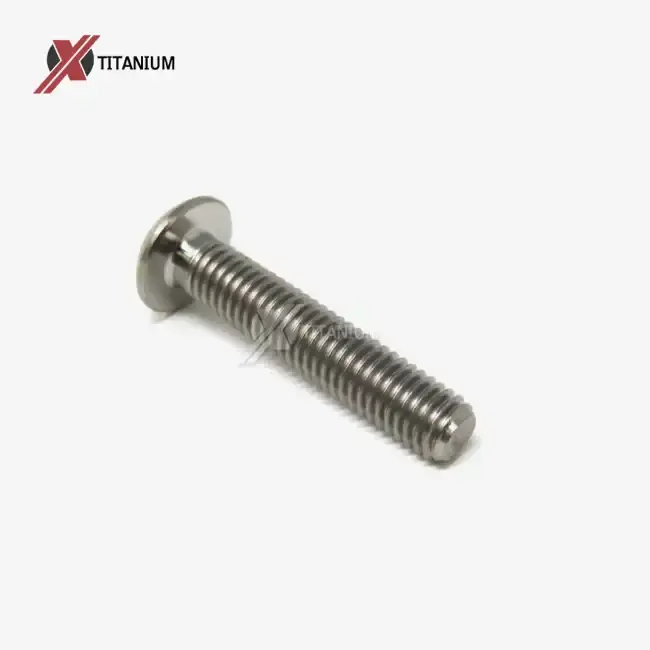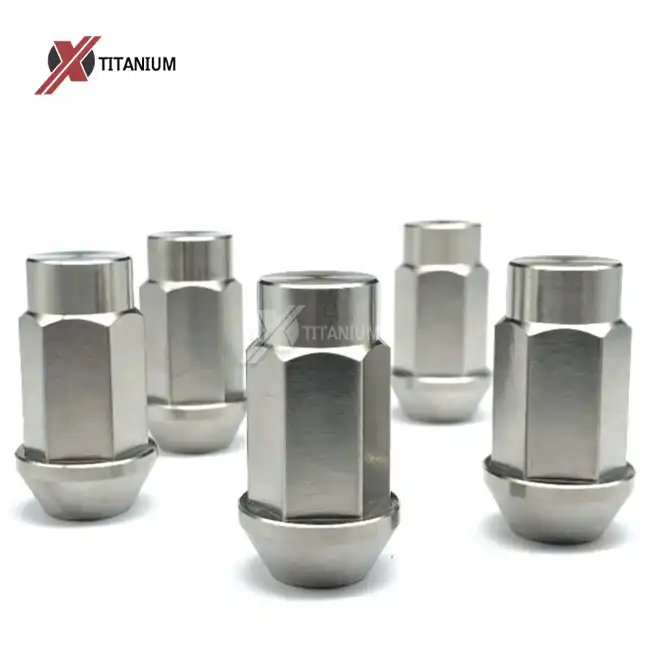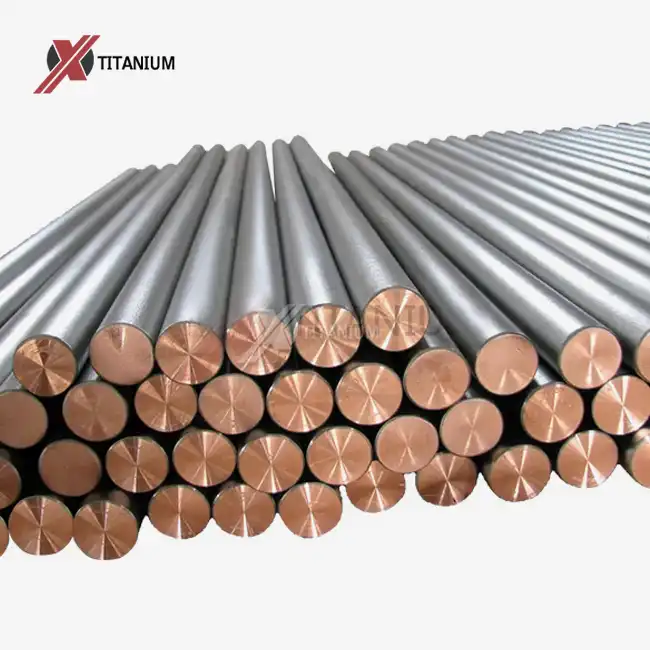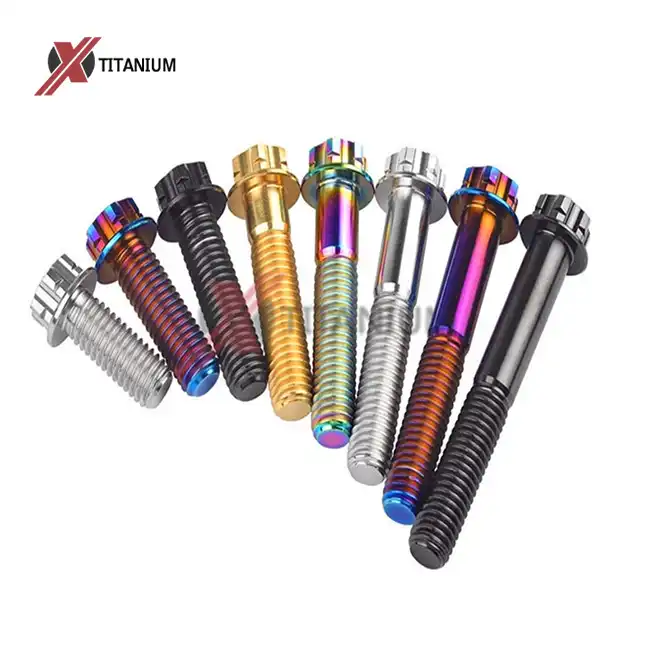- English
- French
- German
- Portuguese
- Spanish
- Russian
- Japanese
- Korean
- Arabic
- Greek
- German
- Turkish
- Italian
- Danish
- Romanian
- Indonesian
- Czech
- Afrikaans
- Swedish
- Polish
- Basque
- Catalan
- Esperanto
- Hindi
- Lao
- Albanian
- Amharic
- Armenian
- Azerbaijani
- Belarusian
- Bengali
- Bosnian
- Bulgarian
- Cebuano
- Chichewa
- Corsican
- Croatian
- Dutch
- Estonian
- Filipino
- Finnish
- Frisian
- Galician
- Georgian
- Gujarati
- Haitian
- Hausa
- Hawaiian
- Hebrew
- Hmong
- Hungarian
- Icelandic
- Igbo
- Javanese
- Kannada
- Kazakh
- Khmer
- Kurdish
- Kyrgyz
- Latin
- Latvian
- Lithuanian
- Luxembou..
- Macedonian
- Malagasy
- Malay
- Malayalam
- Maltese
- Maori
- Marathi
- Mongolian
- Burmese
- Nepali
- Norwegian
- Pashto
- Persian
- Punjabi
- Serbian
- Sesotho
- Sinhala
- Slovak
- Slovenian
- Somali
- Samoan
- Scots Gaelic
- Shona
- Sindhi
- Sundanese
- Swahili
- Tajik
- Tamil
- Telugu
- Thai
- Ukrainian
- Urdu
- Uzbek
- Vietnamese
- Welsh
- Xhosa
- Yiddish
- Yoruba
- Zulu
What Makes Titanium Button Head Bolts Ideal for Precision Engineering Applications?
In today’s era of advanced manufacturing, the need for reliable, high-performance fasteners is more critical than ever. One such solution widely adopted across industries like aerospace, medical, electronics, and motorsports is the titanium button head bolt. But what sets these specialized bolts apart, and why do engineers increasingly prefer them over traditional fasteners?

How Do Titanium Button Head Bolts Contribute to Mechanical Reliability?
Mechanical reliability is a non-negotiable parameter in high-stakes industries. Fastener failure can lead to catastrophic outcomes in aerospace systems, life-supporting implants, or racecar suspensions. Titanium button head bolts are engineered to address this concern with exceptional reliability.
1. Consistent Clamping Force
The wide, rounded surface under the head of button bolts helps spread the load more evenly over the substrate. This minimizes localized stress and prevents surface deformation—vital for composite materials and lightweight alloys used in precision equipment.
2. Superior Fatigue Resistance
Titanium's high fatigue strength means it withstands repeated load cycles without cracking. In applications subject to vibration, like engine components or rotating assemblies, this significantly reduces failure rates.
3. High Strength-to-Weight Ratio
Titanium bolts offer steel-like tensile strength (often above 900 MPa for Ti-6Al-4V) while being 45% lighter. This allows designers to maintain mechanical integrity while lowering the overall mass—critical for aircraft and high-performance vehicles.
4. Enhanced Ductility and Toughness
In contrast to brittle materials like ceramics or some hardened steels, titanium provides excellent ductility. This gives it better tolerance for impacts, shocks, and dimensional shifts due to thermal expansion.
5. Secure Torquing and Reduced Backing Out
With internal hex drives (like Allen or Torx), titanium button head bolts allow secure tool engagement during assembly. The smooth engagement minimizes rounding-off and enables consistent torque delivery.
Are Titanium Button Head Bolts Suitable for Lightweight Structural Assemblies?
Titanium button head bolts are specifically designed for weight-sensitive applications where structural performance must not be compromised. Let's examine their role in various lightweight assembly systems.
1. Aerospace Structural Panels
Aircraft skin panels made from aluminum-lithium or carbon fiber composites often utilize titanium button head bolts. Their flush-fitting heads reduce drag and maintain surface aerodynamics, while their low weight minimizes fuel consumption and improves payload capacity.
2. UAV and Drone Construction
Unmanned aerial vehicles (UAVs) and drones are typically built with carbon composites. Titanium bolts prevent galvanic corrosion—especially important where aluminum frames and carbon fiber materials meet—and their button heads reduce aerodynamic turbulence during flight.
3. Bicycle Frames and Components
In high-end bicycles, especially in racing or touring models, titanium fasteners are common. Their low weight, weather resistance, and attractive finish make them ideal for assembling frames, pedals, brakes, and seatposts without adding bulk.
4. Prosthetics and Wearable Medical Devices
Titanium button head bolts offer biocompatibility and are used in devices like limb prostheses, exoskeletons, and surgical guides. Their round heads reduce skin irritation while providing the secure fastenings necessary for long-term reliability.
What Are the Machining Challenges and Tolerances of Titanium Button Head Bolts?
While titanium’s benefits are numerous, its workability poses unique challenges during manufacturing. Producing button head bolts from titanium requires careful process control, specialized equipment, and deep metallurgical knowledge.
1. Titanium Machining Characteristics
Titanium is notorious for poor machinability due to its low thermal conductivity and high chemical reactivity. During turning or milling:
-
Heat concentrates near the cutting tool, causing rapid tool wear.
-
Work hardening occurs easily if feed rates are too low.
-
Chips can weld to tool edges, leading to inaccurate cuts or scoring.
2. Precision Forming for Button Heads
The button head geometry demands high dimensional precision for both aesthetics and performance. The low-profile dome must be uniformly formed to avoid stress concentrations. High-speed CNC lathes with constant coolant flow and carbide tools are typically used for this purpose.
3. Thread Rolling vs. Thread Cutting
To avoid micro-cracks or notches, thread rolling is often preferred over thread cutting in titanium bolts. This method increases fatigue strength and improves thread root quality—both critical for long-life performance in aerospace and medical uses.
4. Tolerance Control
Tolerances on titanium fasteners are tight, especially in high-precision assemblies. Standard tolerances (±0.05 mm or better) are achieved through:
-
Automated coordinate measuring machines (CMMs)
-
Laser inspection systems
-
In-process verification during CNC machining
Real-World Use Cases of Titanium Button Head Bolts
Let’s look at how titanium button head bolts are applied across real industries and how they solve industry-specific challenges.
Aviation: Cabin Fixtures & Control Surfaces
These bolts fasten interior panels, armrests, control linkages, and exterior flaps. Their resistance to fatigue and corrosion ensures long-term flight safety while meeting strict FAA weight regulations.
Semiconductor & Electronics: Vibration-Free Mounting
Sensitive instruments like wafer steppers and scanning microscopes use titanium button head bolts for vibration-free mounting. The non-magnetic nature of titanium ensures zero interference with electron or magnetic fields.
Motorsports: Brake Systems & Body Kits
Lightweight yet strong, these bolts secure carbon fiber spoilers, calipers, and suspension systems. Their low-profile heads reduce the chance of interference with other moving components.
Renewable Energy: Wind Turbines & Solar Frames
Used in offshore and onshore systems, titanium bolts stand up to UV, humidity, and saline exposure. Their longevity and low maintenance requirements support 20–25 year system lifecycles.
Key Takeaways
-
Titanium button head bolts offer a winning combination of light weight, strength, corrosion resistance, and thermal stability.
-
Their geometry is ideal for reducing drag and increasing load distribution in compact assemblies.
-
From aerospace to biomedical to electronics, their applications span industries that demand precision and long-term reliability.
-
Manufacturing these bolts requires advanced machining and quality control processes, but the long-term performance justifies the investment.
If you're designing a high-performance, weight-sensitive system, titanium button head bolts aren't just a good option—they're often the only option.
References
-
Thompson, R.D. & Kwan, C.M. (2021). The Role of Titanium Alloys in Lightweight Engineering. Materials Design and Innovation, 26(4), 182-199.
-
Yamada, T. et al. (2020). Fastener Fatigue Performance in Aerospace Structural Assemblies. Journal of Aircraft Mechanics, 14(3), 244-257.
-
O’Connor, P.J. & Li, S. (2023). Manufacturing Techniques for Precision Titanium Components. Journal of Advanced Manufacturing Processes, 33(2), 98-113.
-
Mehta, V.R., et al. (2019). Fastening Solutions in Composites and Lightweight Materials. Composite Engineering Review, 17(1), 56-75.
-
Johansson, L., et al. (2022). Medical Applications of Titanium Fasteners: Biomechanical and Biocompatibility Considerations. Clinical Engineering Journal, 10(4), 301-315.
Learn about our latest products and discounts through SMS or email



